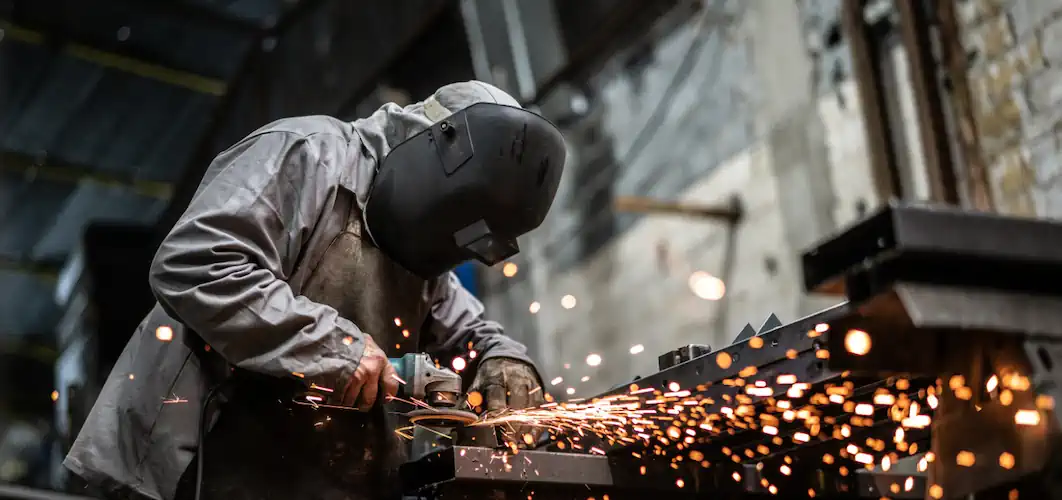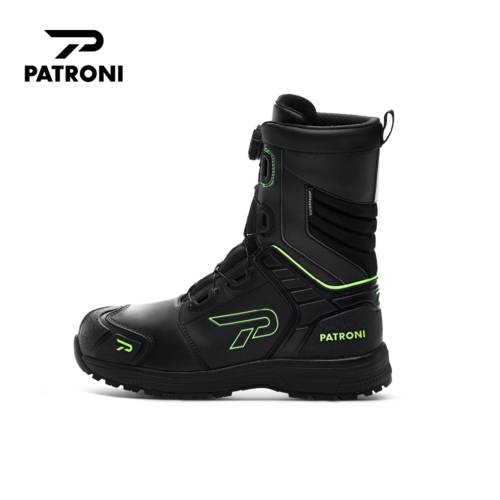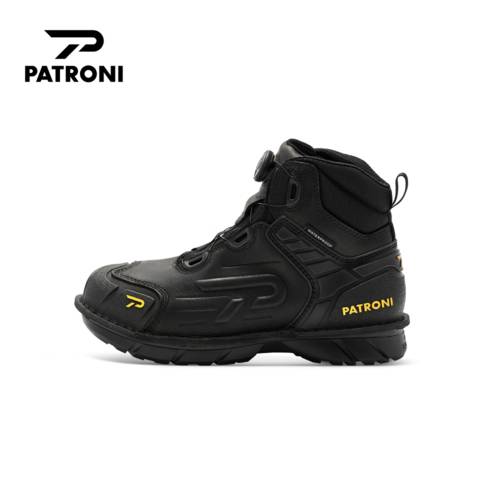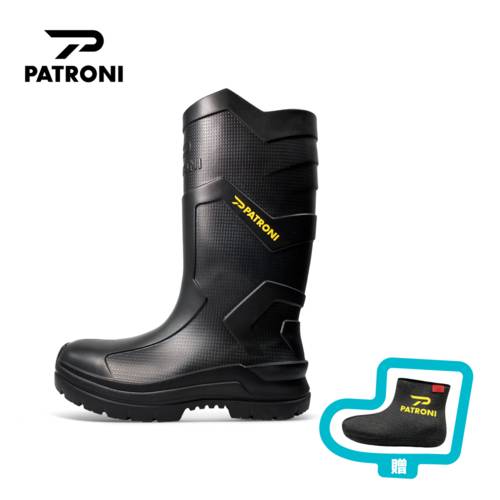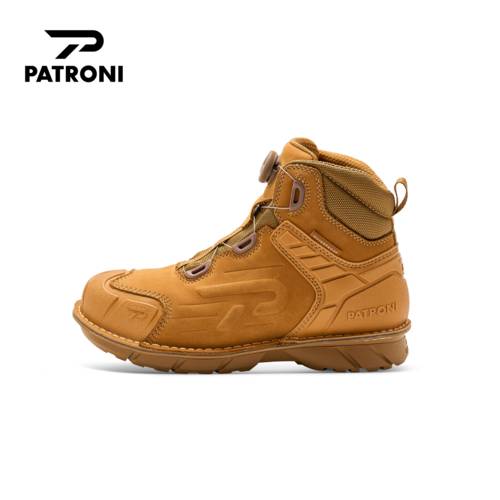Innovations to Minimize the Risks Associated With Offshore Rigs
As the offshore oil and gas production industries continue to grow, so too does the need for new and innovative ways to minimize the risks associated with offshore rigs. From automated systems that can detect and report leaks to underwater robots that can inspect rigs for potential problems even on the seafloor, here are just a few of the latest innovations to ensure occupational safety.
- Automated Systems for Leak Detection and Reporting
One of the most important aspects of keeping an offshore rig safe is ensuring that any leaks are quickly detected and reported. To that end, many companies are now using automated systems that continuously monitor for leaks and immediately report them to the proper authorities. - Underwater Robots for Regular Inspections
Another innovation that is helping to make offshore rigs safer is the use of underwater robots for regular inspections. These robots can be used to inspect the exterior of a rig for signs of wear and tear or potential problems, and they can also be used to inspect the interior of pipelines and other underwater infrastructure. By using robots for these inspections, companies can minimize the amount of time their workers have to spend in potentially dangerous areas. - Improved Emergency Response Plans
These plans detail exactly what workers should do in an emergency situation, from evacuating the rig to alerting authorities. By having a well-documented emergency response plan in place, companies can help ensure that their workers are safe and that any damage is minimized. - Subsea Blowout Preventers (BOPs)
BOPs are devices that are installed at the wellhead on the seafloor. They are designed to seal the well in the event of a blowout, which is when pressure suddenly increases inside the well and causes oil and gas to escape.

Type of Offshore PPE Recommended by OSHA
Working offshore can present a variety of potential hazards, including exposure to harsh weather conditions, dangerous chemicals, and high noise levels. That is why it is so important for workers in the offshore industry to be properly equipped with the right personal protective equipment to protect them from these dangers.
Some of the essential pieces of gear recommended by OSHA for offshore work include:
1. Steel-toed boots
One of the most essential pieces of PPE is steel-toed boots. Steel-toed boots are designed to protect your feet from any falling or rolling objects that could injure you, as well as from compression injuries that can occur when standing for long periods of time. Not only should your boots provide adequate toe protection, but they should also provide adequate ankle support in order to prevent sprains and strains. The soles should also provide good traction in order to prevent slips and falls.Safety boots that are designed for offshore work often also need protection against metal projections – sharp objects that could cause injury if they penetrate the boot’s outer layer. These safety boots should have an upper made from thick leather or reinforced synthetic material to prevent metal projections from piercing through the material. Additionally, it is important to look for a sole that has extra reinforcement in order to improve puncture resistance.
There are also safety boots with leather metatarsal protection designed to protect the feet while working at height or on ladders. To provide this extra level of protection, these shoes must have an upper made from thick leather as well as a steel toe cap that complies with ASTM F2413 standards or other standards depending on your country. This will help protect your feet against falls or other heavy objects that may fall onto them while you are working at height. Additionally, it is important to look for shoes with slip resistant soles in order to prevent slips and falls when climbing up or down ladders or other structures in offshore environments.
2. Hard hats
Hard hats help protect against head injuries from falling objects or from bumping into something while working on an oil rig or other platform. Hard hats should be made of sturdy material such as polyethylene or fiberglass and should be light enough to be comfortable but strong enough to withstand impact in case of an accident. They should also have adjustable straps so they can fit securely on any head size.3. Safety glasses or goggles
Safety glasses are designed to protect the eyes from flying particles, dust, and other debris that could cause eye injuries while working offshore. When selecting safety glasses or goggles, it's important to make sure they are made of shatter-resistant polycarbonate plastic material. This type of material offers superior protection against impacts from objects that may come into contact with the eyes while working near hazardous conditions in the marine environment. Additionally, it is recommended to select glasses or goggles with anti-fog lenses to ensure better visibility and reduce the risk of eye strain.
4. Fire-resistant clothing and other PPE
Fire-resistant clothing
Fire-resistant clothing helps protect from exposure to flames or heat. It is important to choose clothing made from materials that will not easily catch fire and that will not melt if exposed to heat.
Suit for potentially explosive atmospheres
Workers in potentially explosive atmospheres, or ATEX zones, wear fire-resistant clothing as well as multi-risk protective suits. This clothing is designed to protect against heat, flames, and electrical arcs, meaning it is often composed of multiple layers of fabrics with a variety of properties. Examples include aluminized fabrics which reflect away heat and offer flame-resistance and insulation, laminates which provide fire-resistant protection with lightweight strength, and suits that offer cut and abrasion resistance.
Safety harness
A safety harness is another piece of PPE recommended by OSHA for offshore work. Safety harnesses should be made from high quality webbing with a minimum breaking strength 5500 lbs., along with adjustable buckles and metal components that can withstand corrosion from saltwater exposure. Additionally, safety harnesses should feature a locking D-ring attachment point for connecting tools or lines and have a built-in shock absorber for fall arrest applications.
5. Protective suits against hazardous substances
Workers in offshore environments may also need to wear protective suits against hazardous substances such as chemicals or splash suits against hazardous liquids. These suits are generally made from PVC or neoprene coated fabrics which provide chemical protection as well as barrier protection for certain types of liquids. Depending on the specific requirements of your job, you may need additional features such as waterproof zippers or taped seams for greater water resistance.

6. Life jackets
Life jackets should be worn by all personnel working on an offshore vessel for both safety and legal reasons. The life jacket should meet the relevant safety regulations for the area of operation. Generally speaking, life jackets should be constructed out of durable materials such as Nylon or Polyester so they can withstand prolonged exposure to water and humidity without losing their effectiveness in buoyancy or flotation capabilities. It is also highly recommended to choose a jacket with SOLAS tape reflective material which will help increase visibility in case a worker falls overboard at night or in poor weather conditions.
7. Respirators
When working offshore, it's important to wear a respirator when there are risks associated with inhaling airborne contaminants such as toxic gasses or chemicals released during operations involving drilling or welding activities. Respirators should be constructed out of non-porous materials such as rubber or silicone rubber which will prevent contaminants from entering through small openings in the mask material itself and providing maximum protection against inhalation hazards. In addition, respirators should also have adjustable straps so they fit securely on your face and do not slip off during use.
8. First aid kit
The first aid kit is perhaps the most important piece of PPE recommended by OSHA for offshore work. This kit should be fully stocked with items such as gauze pads, bandages, antiseptic wipes, adhesive tape, latex gloves, wound cleaning solution, tweezers and scissors. It should also contain any medications that a worker might need in case of an emergency. All items should be stored in a waterproof container that can withstand saltwater and other elements common to offshore work environments.
9. Emergency signal device
Another key piece of recommended PPE for offshore work is an emergency signal device such as a flare gun or smoke signal. These devices are designed to alert nearby vessels or personnel in case of an emergency situation. They should be made from durable materials that can withstand harsh weather conditions and should be stored in waterproof containers when not in use.
10. Personal locator beacon
All workers should wear personal locator beacons when engaging in hazardous activities offshore. These devices allow rescuers to locate individuals who have gone missing at sea or become injured during their duties on an offshore platform. They are typically made from lightweight yet durable materials such as plastic or aluminum and should be tested regularly to ensure they are functioning properly at all times.




